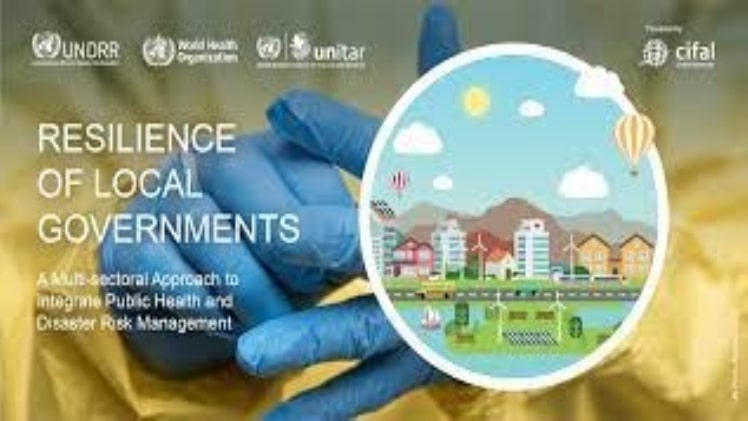Disaster Risk Reduction in Health

The concept of Disaster Risk Reduction in Health (DRRH) encompasses many aspects of the health system. Its key components include disaster preparedness, risk analyses, and interventions. For example, disaster preparedness may include having an early warning system and ensuring that medical equipment and drugs are available. But the scientific literature on this topic is incomplete, and there are still a number of gaps that need to be filled. The first step in developing effective health systems is raising awareness and understanding about DRH.
While many countries have improved their capacities to reduce the effects of disasters and emergencies on health systems, many communities continue to be extremely vulnerable. Large systemic shocks can severely damage health systems and adding more beds to hospitals is not enough to build resilience. This is where disaster risk management and public health approaches have come in. Combined with other approaches, DRH aims to address the root causes of such problems and improve public health outcomes.
DRH is an effective way to prevent and reduce the effects of disasters. By reducing the causes of disasters, it is possible to reduce the number of deaths and injuries from natural hazards. The goal of disaster risk reduction is to reduce the number of people who are exposed to these risks and improve their overall resilience. This requires a holistic approach and involves everyone in society. For example, disasters can destroy communities, separate families, and push people into poverty.


